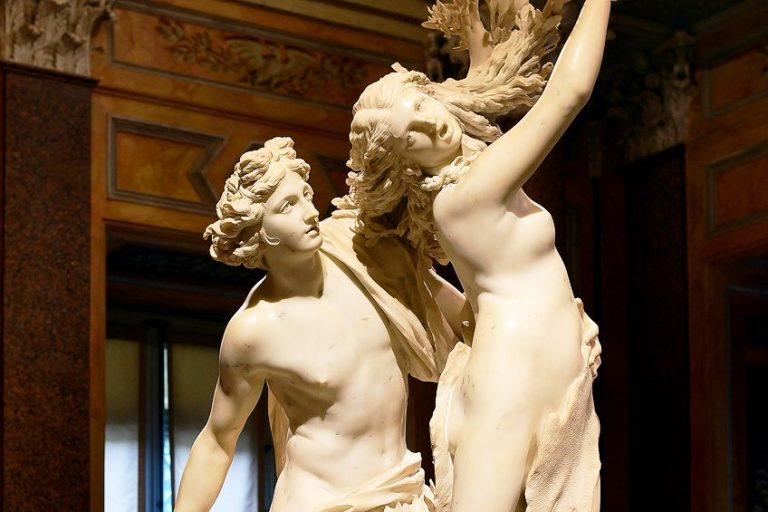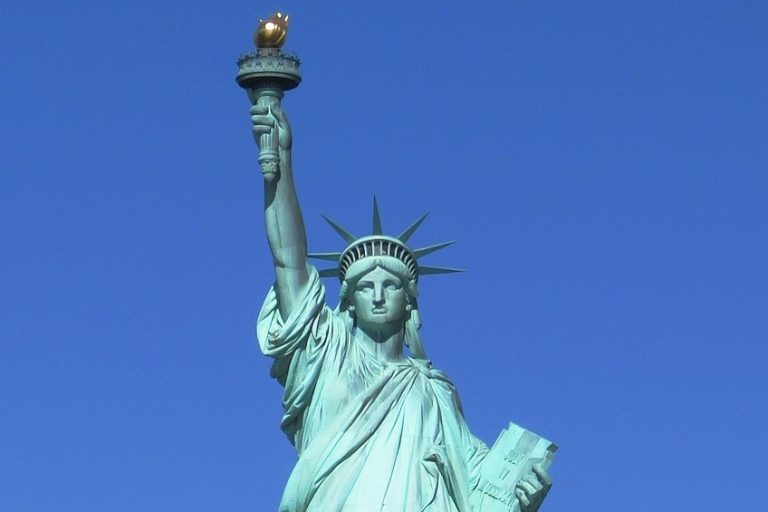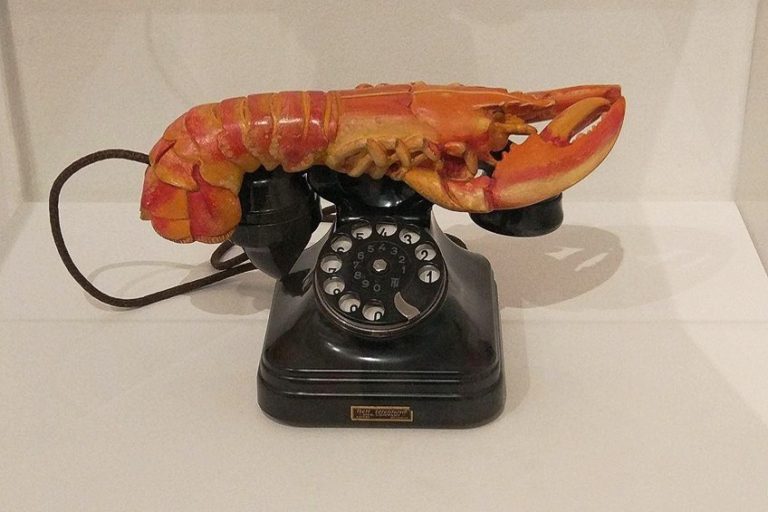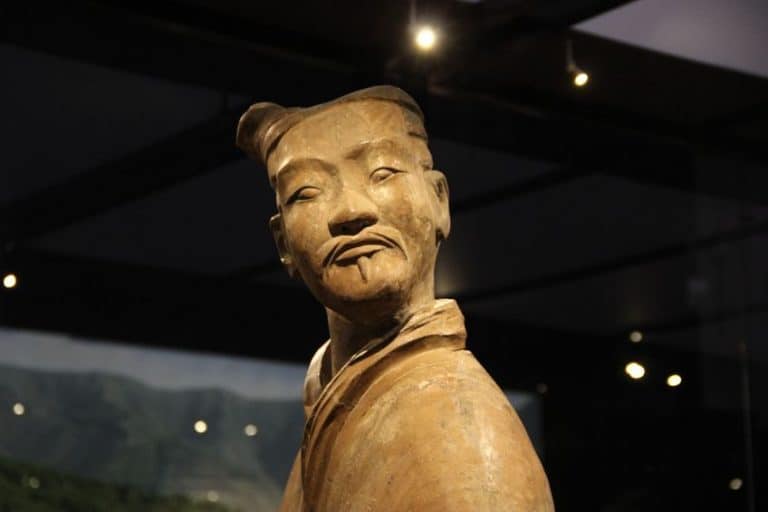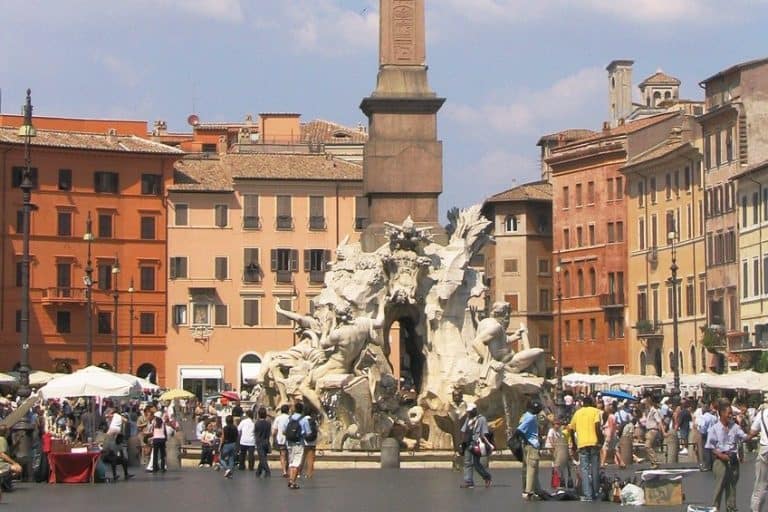Michelangelo Pietà – Analysing Michelangelo’s Vatican Pietà Statue
Michelangelo di Lodovico Buonarroti Simoni is known as one of the greatest artists to ever live, and played a key role during the High Renaissance art movement. Art pieces such as The Last Judgment, the Sistine Chapel ceiling, Moses, and David are well-known and are still praised to this day. However, the Pietà is easily one of his best masterpieces, and that is what we will be discussing below.
About Michelangelo
Michelangelo is known for practicing a variety of disciplines in art, such as sculpting, poetry, painting, and even architecture. Along with his rival, Leonardo da Vinci, he is considered to be one of the most versatile artists of that era and a worthy contender to the title of Renaissance Man. A wide range of Michelangelo’s works are regarded to be some of the most famous in history and he is the best-documented artist that lived in the 16th century.
Michelangelo was also the first Western artist to have had his biographies published before his death. From 1488 to 1492, Michelangelo studied grammar, but this was to no avail as he gravitated towards other painters and spent a lot of time copying paintings that he saw inside the church. This led to him garnering a reputation as a good painter, and at the age of 13, his father convinced Domenico Ghirlandaio to pay him as a painter after being his apprentice. In 1489, the de facto ruler of France, Lorenzo de’ Medici, requested Ghirlandaio to provide two of his best students. Ghirlandaio sent Francesco Granacci and Michelangelo.
While maintaining a strong bond to his roots in Florence, he was forced to move after Lorenzo de’ Medici tragically died in 1492. Shortly after arriving in Rome, Michelangelo carved a statue of the Roman god of wine, Bacchus, for Cardinal Raffaele Riario; however, this was rejected once it was completed. This led him to flounder about in a new city for over a year without any employment. However, this dry spell came to an end, and a new commission launched Michelangelo to fame when he created one of the most iconic art pieces in history: the Vatican Pietà.
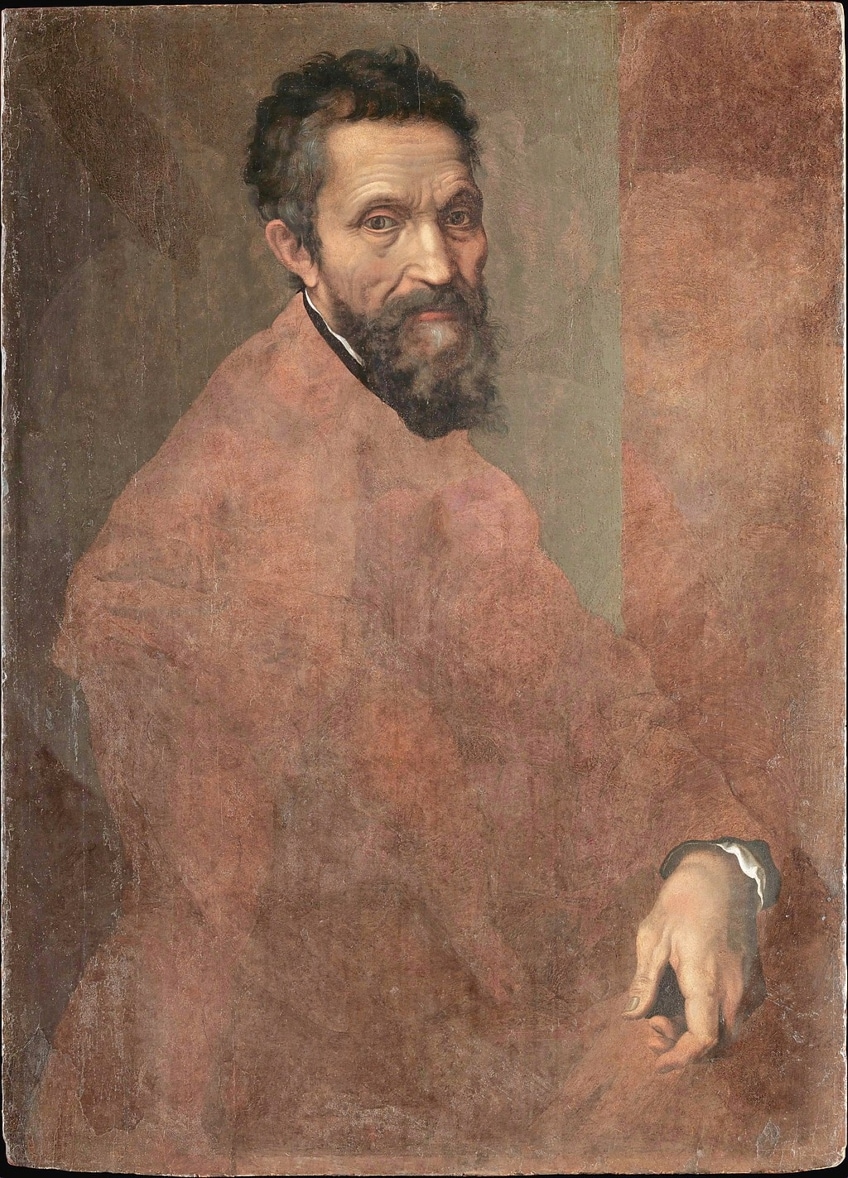
The Backstory Behind Michelangelo Pietà
Being the Pietà sculptor was a role that Michelangelo received by Jean de Bilhères, a French Cardinal that lived in Rome and was the ambassador to the Holy See under the jurisdiction of the French monarchy. To understand the commission of the Vatican Pietà, you need to understand the political nature of Cardinal de Bilhères.
In 1495, Cardinal de Bilhères was given the task of enlisting papal support for the marriage of the king and the heiress to the kingdom of Naples, Anne of Brittany. The failure of the mission resulted in Charles VIII invading the kingdom of Naples with military force. After the Italian War, there was an intense atmosphere between Italy and France. In 1498, a new king of France was named: Louis XII, the cousin of Charles VIII. Louis XII had the intention of amending the relations with the Holy See.
This was to be done by arranging the marriage of Charlotte d’Albret and Cesare Borgia, the former being a wealthy French noblewoman and the latter being the son of Pope Alexander VI. Cardinal de Bilhères found it appropriate to help with the political reconciliation by gifting them a sculpture that was commissioned by a French Cardinal, to an Italian artist, to be placed in French space, inside an Italian basilica, or a French theme, that had been carved out of Italian marble. This is what made the Pietà sculpture a figurative reaffirmation of the presence of the French in Rome.
The Pietà statue is aesthetically harmonious, and the tranquil expressive tonality of it corresponded very well with the political and religious communication between the two nations. The Pietà statue was placed inside the Chapel of Santa Petronilla, which is an important location to confirm the French aspect of the Pietà.
The Inspiration Behind the Pietà Sculpture
Michelangelo was known to be a religious man, and his work for the church inspired the majority of the art that he made. Michelangelo’s Pietà is considered to be a powerful art piece that was inspired by his strong faith. Michelangelo also thought that virtuous women did not age, and this is why Mary is portrayed as youthful. The Pietà sculptor successfully combined Renaissance ideologies with the Gothic subject matter, and this resulted in a unique statue.
Mary is portrayed to be youthful in this statue as a result of the technicality of the Holy Trinity, which is made up of the Father, the Son (Jesus), and the Holy Spirit. Thus, Michelangelo Pietà portrays Mary as a young and beautiful woman that had carried Jesus, yet she is also his child.
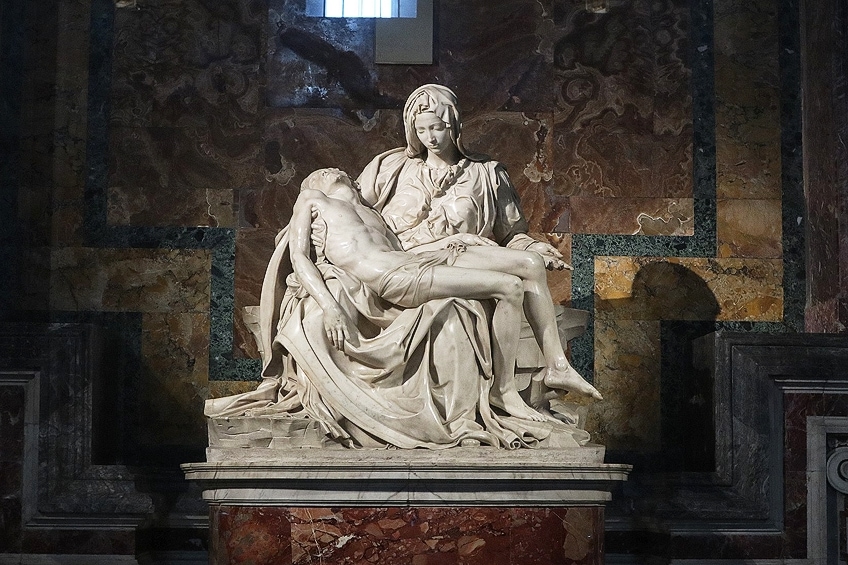
Analyzing Michelangelo’s Pietà
Created in 1499, Michelangelo’s Pieta stands at 174 cm tall and 195 cm wide while it is carved from Italian marble. It is currently owned and displayed by Vatican Museums in Vatican City. This is also one of the most famous works of art of the Renaissance art movement, and below we will take a deeper look at its composition, use of space, and tone.
Composition
The statue is composed of Mary in a seated position, wrapped in robes while cradling the lifeless body of Jesus. His legs are supported by the arms of his mother while his head is slumped back touching her shoulder. This is meant to portray the aftermath of the crucifixion of Christ and the two figures are disproportionate to one another, with Jesus portrayed as a small figure whereas Mary is significantly larger. Mary maintains her youthful features and looks nothing like the mother of a full-grown man.
Use of Space
The sculpture is shaped similarly to a pyramid, with the top of the head of Mary being the peak and the sculpture expanding to accommodate the width of Mary’s legs, which are covered in a lot of material. Her head is uneven to the remainder of her figure, with her face being small and gentle with beautiful features. The main reason for the massive disproportions between the two bodies is due to the technical difficulties that a woman would experience while trying to cradle a full-grown man.
Implementing disproportions in a sculpture was common during the Renaissance art movement and this is one of the reasons that the Pietà was not considered to be unusual or bizarre. There is no doubt that a modern artist would have been heavily criticized for doing this.
Tone
This religiously-themed sculpture is designed to evoke sorrow within the viewer as it portrays a mother that has lost her child, despite it being a divine sacrifice. This sculpture also corresponds with the rest of his work due to its religious significance and it is one of the most powerful portrayals of almost any biblical scene.
Critical Reception
Like any work of art, the statue received reviews from experts and critics. Below, we will take a look at how the art was received during Michelangelo’s time alive as well as after his passing. This is a testament to how great of an artist he was and how he was able to deal with skeptics during his time alive.
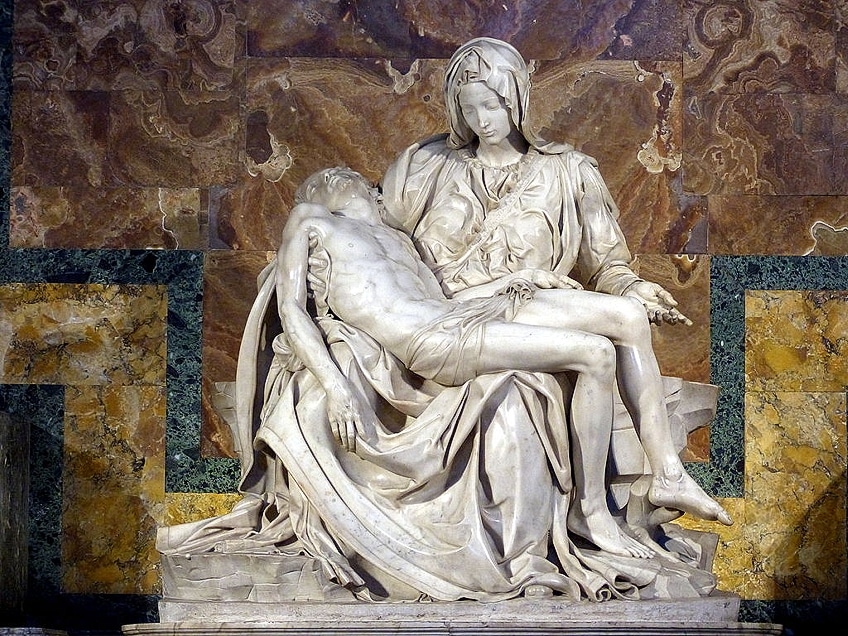
During Life
When Michelangelo was assigned to produce the Pietá by Cardinal de Bilhères, he was an unknown artist and the theme of the sculpture was unheard of in Italy during that period. So, when a group of Lombard men encountered the sculpture, they declared that it had been made by one of them due to the style. Michelangelo overheard what was said and was disgusted to such a degree that he engraved “Michelangelo created this” into the marble.
After Death
Michelangelo’s reputation for being one of the best Renaissance masters continued to grow even after his death. Centuries passed and to this day he is regarded as one of, if not the greatest painters, architects, and sculptors in history. Michelangelo’s Pietà is located in a corner inside St. Peter’s Basilica and it is considered to be one of the most complete works that Michelangelo has ever produced. This was due to it being highly polished once it had been completed.
Understanding the Creation of the Pietà
The Pietà was an extremely popular subject amongst Northern European artists during the Renaissance art period. The word translates to “compassion” or “pity”, and it is used to portray the sorrow of Mary as she holds the dead body of her son. If you were to take a close look at the sculpture, you will see how Michelangelo was able to make the marble look like human flesh. There are also a lot of complex folds in the cloth, which is a clear indication of how skilled Michelangelo was.
This is where you need to understand how a sculpture is made, as it is an incredibly loud and messy process. Michelangelo was also capable of forging his tools, much like a painter would mix their paint. Furthermore, he also quarried his marble, which is by no means an easy or safe job. This is proof that Michelangelo would have gone to great lengths to ensure that his tools and his materials are of the highest standard before starting to work on his sculpture.

10 Facts About the Pietà
There are a few famous artworks done by Michelangelo, yet the Pietà remains one of his most prolific. Perhaps it is due to how it propelled him to stardom within the history of art,m or perhaps it was the religious and political significance that it carried. Either way, here are ten facts about the Pietà.
- The Pietà remains the only masterpiece that Michelangelo had created into which he had engraved his name. This was done after he heard a group of people giving another artist credit for his work.
- The Pietà might have been signed twice, as the letter “M” had been discovered by restorers during the 1970s. This was found on the left palm of the Virgin Mary as it was intelligently worked into the lines of the palm.
- While most of Michelangelo’s work was done in Florence, the Pietà was sculpted over five years that he had spent in Rome.
- In 1964, the Pietà was loaned to the World’s Fair that had taken place in New York City. The sculpture was under intense security, which included a bulletproof enclosure that consisted of two and a half tons of plexiglass.
- The World’s Fair saw the first time that the Pietà had left Rome since it had been made.
- The packaging that was used to transport the statue was designed to float if it fell into the ocean, and a radio tracker was placed with the statue to make it easy to find.
- There were four fingers on the left hand of Mary that were broken and then restored in 1736.
- In May 1972, the Pietà was damaged with a hammer by Laszlo Toth. This resulted in a bulletproof case placed around the statue.
- A 10-month restoration was done to successfully repair the damage done by Laszlo Toth. This involved carefully replacing each marble fragment to its rightful place.
- The most challenging repair that was made to the statue was the eyelid of Mary, which took around 20 attempts before it was done right.
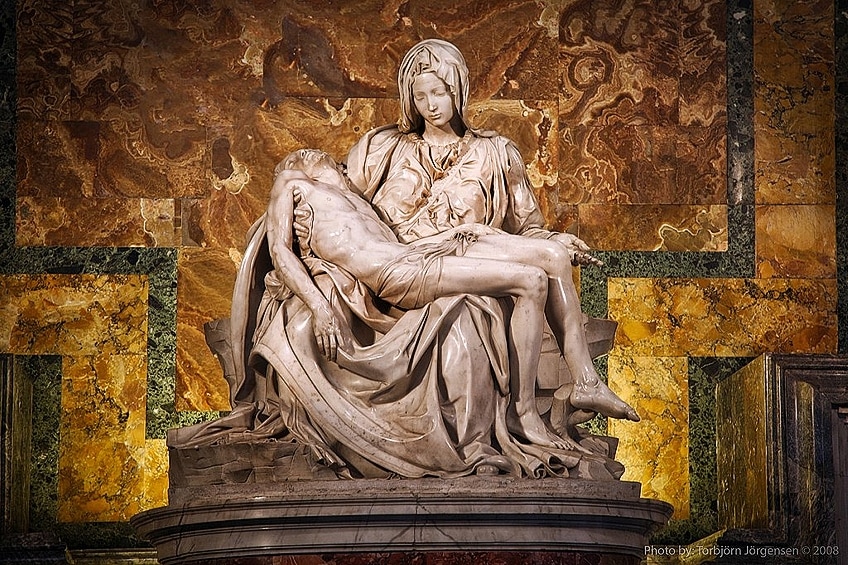
Take a look at our Pietà webstory here!
Frequently Asked Questions
What Is the Value of the Pietà?
The original Pietà is valued at a whopping $300 million.
How Old Was Michelangelo When he Died?
Michelangelo was 88 year’s old when he died in the year 1564.
What Was Michelangelo’s Least Favorite Art Piece?
Michelangelo hated painting and it is known that he hated painting the Sistine Chapel.
Is the Pietà Biblical?
The Pietà is one of many portrayals of the biblical scene that depicts a heartbroken Virgin Mary.
What Does the Pietà Represent?
The Pietà represents compassion or pity, and it has been a popular subject among many Northern European artists.
Did Leonardo da Vinci and Michelangelo Know Each Other?
Yes, they had met, and this story is told in an anonymous Codice Magliabecchiano manuscript.
Isabella studied at the University of Cape Town in South Africa and graduated with a Bachelor of Arts majoring in English Literature & Language and Psychology. Throughout her undergraduate years, she took Art History as an additional subject and absolutely loved it. Building on from her art history knowledge that began in high school, art has always been a particular area of fascination for her. From learning about artworks previously unknown to her, or sharpening her existing understanding of specific works, the ability to continue learning within this interesting sphere excites her greatly.
Her focal points of interest in art history encompass profiling specific artists and art movements, as it is these areas where she is able to really dig deep into the rich narrative of the art world. Additionally, she particularly enjoys exploring the different artistic styles of the 20th century, as well as the important impact that female artists have had on the development of art history.
Learn more about Isabella Meyer and the Art in Context Team.
Cite this Article
Isabella, Meyer, “Michelangelo Pietà – Analysing Michelangelo’s Vatican Pietà Statue.” Art in Context. January 30, 2021. URL: https://artincontext.org/michelangelo-pieta/
Meyer, I. (2021, 30 January). Michelangelo Pietà – Analysing Michelangelo’s Vatican Pietà Statue. Art in Context. https://artincontext.org/michelangelo-pieta/
Meyer, Isabella. “Michelangelo Pietà – Analysing Michelangelo’s Vatican Pietà Statue.” Art in Context, January 30, 2021. https://artincontext.org/michelangelo-pieta/.



